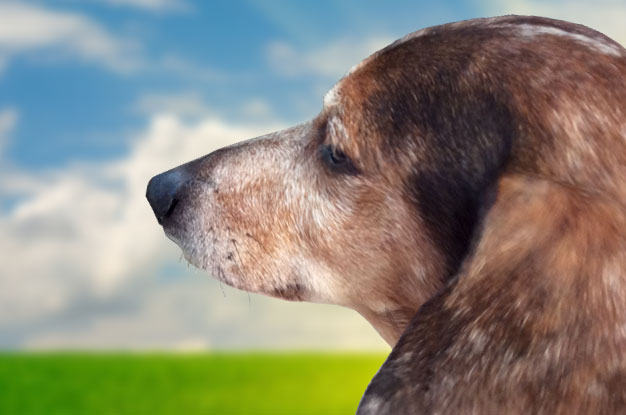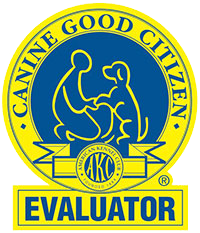
We all know that dogs have a great sense of smell, but let’s delve into that a little bit more. Humans have approximately 5 million olfactory receptors in our noses. Dogs have up to 300 million! They can detect minute changes in smell – some odors as sensitive as parts per trillion. That would be like us putting a pinch of oregano in a swimming pool and being able to smell it. Incredible!
How is this possible?
A Dog’s Nose Knows
Besides the magnitude of olfactory receptors, dogs’ noses function differently than our own. The portion of the brain that recognizes odors in dogs is 40 times greater than humans, proportionally speaking. As we inhale air we breathe in and smell a scent simultaneously. Then we exhale. Dogs are able to split the inhaled air into two paths; one for breathing and one for olfaction.
As we exhale, we blow the scent out of our noses as we breathe. When dogs exhale, the air is ushered out the side slits of the nostrils while allowing new scents to be inhaled. Their ability to sniff a scent is not predicated on breathing in and breathing out. Their nostrils are so well developed that they are able to wiggle each nostril independently. They know which nostril smelled the scent, which is why they may weave back and forth when tracking a scent.
Additionally, dogs possess an additional organ for olfaction, not present in humans. It’s called the vomeronasal organ, also known as the Jacobson’s organ. This organ is on the ventral or bottom of the nasal passage. It is responsible for the detection of pheromones.
The dogs with the most olfactory receptors and thereby the best sense of smell are:
- Bloodhound (big surprise!)
- Beagle
- German Shepherd
- Dachshund
- Harrier
- Bassett Hound
- Coonhound
- Foxhound
- Labrador Retriever
- Golden Retriever
- Scottish Terrier
We’ve all seen our dogs sniff out a scent. It is what drives them to go after our dirty socks, underwear, dental retainers, hearing aids, dental plates, garbage bins, rat poison, etc.
Keep this in mind when you apply a topical flea product and your pet objects. Clients usually believe that the dog is reacting because it “stings”. It is actually because they do not like the scent.
Can Dogs Detect Cancer?
One the most amazing examples of dogs’ ability to smell is their accurate determination of cancer cells found in human urine. In one study, a young lab was charged with determining if any of 10 urine samples placed on the ground were from a patient with cancer. The dog marked the sample that was cancerous. However, he also marked another sample previously believed to be from a normal patient. It was later determined that this “normal” sample was indeed from a cancerous patient.
Often if you put lotion on your skin your dog is inclined to lick you. Dogs can also identify cancer on the skin. Cancer grows and destroys cells. This release of cellular material has a scent that dogs can pick up.
You will never look at your dog the same. Now when you take him or her on a walk, you will see that nose to the ground reading all of the neighborhood gossip. Who was where and when? Maybe I should leave a message too!

Contact Us
Regular check ups with a veterinarian are important for your pet's health. Contact us today to schedule your next appointment.





